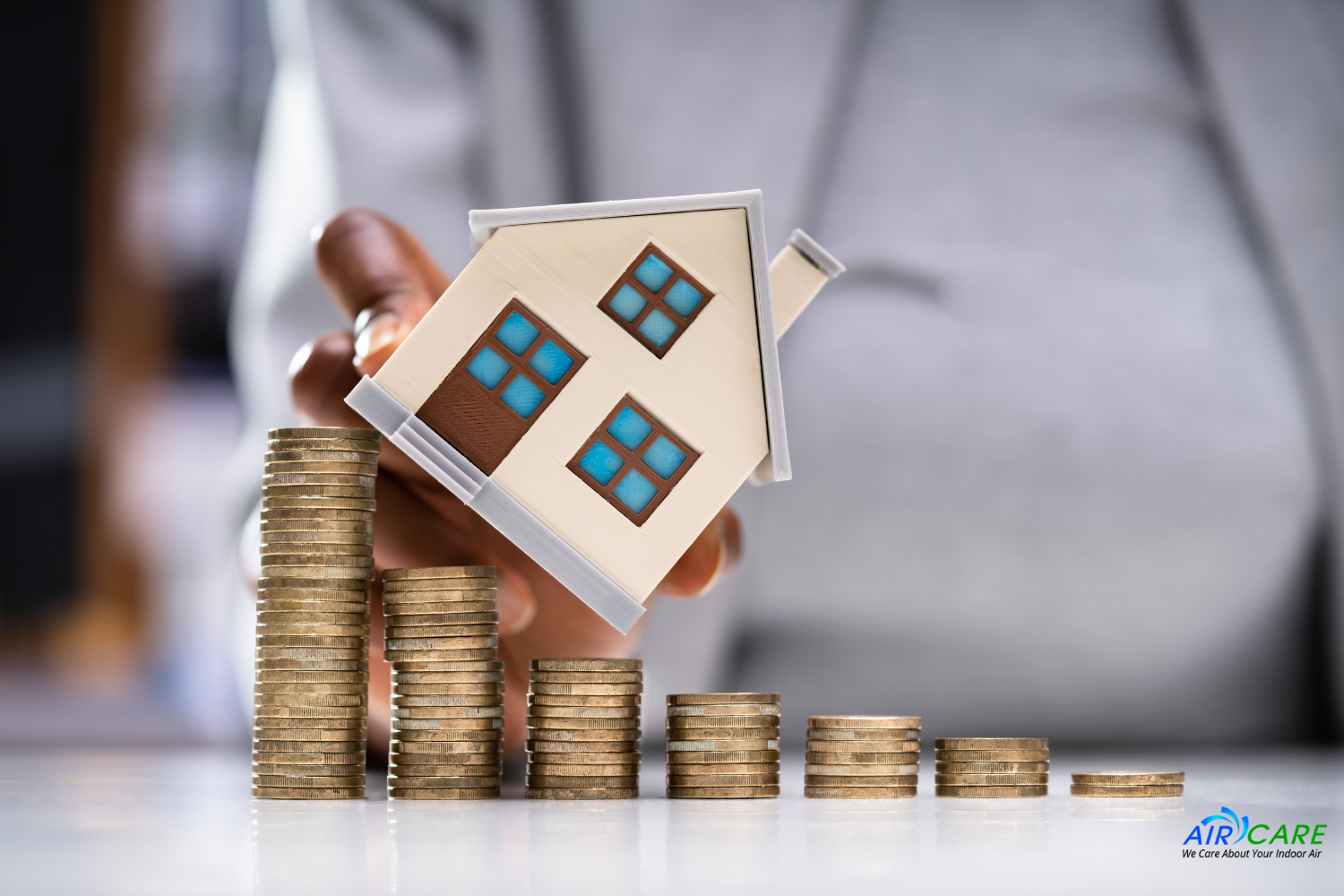Water damage is a common occurrence that affects countless homes and properties worldwide. Whether caused by natural disasters like floods or plumbing issues such as leaks or burst pipes, water damage can have far-reaching consequences if not addressed promptly and effectively. While the visible effects of water damage are evident, there are also hidden dangers that may not be immediately apparent. In this article, we will explore the hidden dangers of water damage and explain why swift remediation is essential to mitigate the potential risks.
Mold and Mildew
One of the most significant hidden dangers associated with water damage is the growth of mold and mildew. When moisture seeps into walls, ceilings, or floors, it creates an ideal breeding ground for these fungal organisms. Mold spores are present in the air around us, but when they encounter moisture, they can rapidly multiply, leading to extensive mold growth.
Exposure to mold can cause various health issues, particularly for individuals with respiratory problems or compromised immune systems. Common symptoms include coughing, wheezing, nasal congestion, throat irritation, and allergic reactions. Prolonged exposure to certain types of mold can even lead to more severe health complications.
Structural Damage
Water has a destructive effect on building materials, including wood, drywall, and concrete. Over time, prolonged exposure to water weakens these materials, compromising the structural integrity of the property. Warping, rotting, and decay can occur, resulting in costly repairs and potentially hazardous conditions.
In cases of severe water damage, there is a risk of structural collapse. This poses a significant threat to the safety of occupants and requires immediate remediation to stabilize the affected areas and prevent further damage.
Electrical Hazards
When water infiltrates electrical systems, it creates a dangerous situation. Water is an excellent conductor of electricity, and contact between the two can result in electrocution or electrical fires. Even a small amount of moisture in electrical outlets, wiring, or appliances can lead to short circuits or malfunctioning equipment, putting the occupants at risk.
Additionally, electrical systems affected by water damage may not be immediately noticeable. It is crucial to have a professional inspection to identify potential hazards and ensure the safety of the property.
Contaminated Water
Water damage caused by floods or sewage backups introduces the risk of contamination. Floodwaters can contain a variety of hazardous substances, including sewage, chemicals, bacteria, and viruses. This contaminated water poses a severe health risk, as it can carry pathogens and toxins that can cause illnesses.
Even if the water damage is not caused by a flood or sewage backup, stagnant water that remains untreated for an extended period can become a breeding ground for bacteria and other microorganisms. This contaminated water can infiltrate carpets, furniture, and other porous materials, making it difficult to fully eliminate without professional remediation.
Decreased Property Value

Water damage that goes unaddressed or is inadequately remediated can have long-lasting effects on the value of a property. Visible signs of water damage, such as stains, peeling paint, or warped floors, can be a deterrent to potential buyers or renters. Moreover, the potential for hidden dangers like mold and structural damage may lead to costly repairs and renovations, further diminishing the property’s value.
Preventing and Addressing Water Damage
Timely remediation is crucial when dealing with water damage. Here are a few important steps to prevent and address water damage effectively:
- Regular maintenance: Conduct routine inspections of plumbing systems, roofs, and gutters to identify and address potential issues before they escalate.
- Prompt action: If water damage occurs, act quickly to dry out the affected areas and eliminate moisture to prevent mold growth and further deterioration.
- Professional remediation: Engage the services of a qualified water damage restoration company to assess the extent of the damage and carry out thorough remediation. Professionals have the necessary equipment and expertise to ensure proper drying, cleaning, and sanitization.
- Adequate insurance coverage: Review your insurance policy to ensure it covers water damage and related issues. This will help mitigate the financial burden associated with remediation and repairs.
Conclusion
Water damage poses significant risks beyond what meets the eye. The growth of mold and mildew, structural damage, electrical hazards, contaminated water, and decreased property value are all hidden dangers associated with water damage. Swift and effective remediation is necessary to prevent these dangers from escalating and to safeguard the health, safety, and value of the property. By understanding the risks and taking preventative measures, homeowners and property managers can minimize the impact of water damage and ensure a safe and habitable environment.
